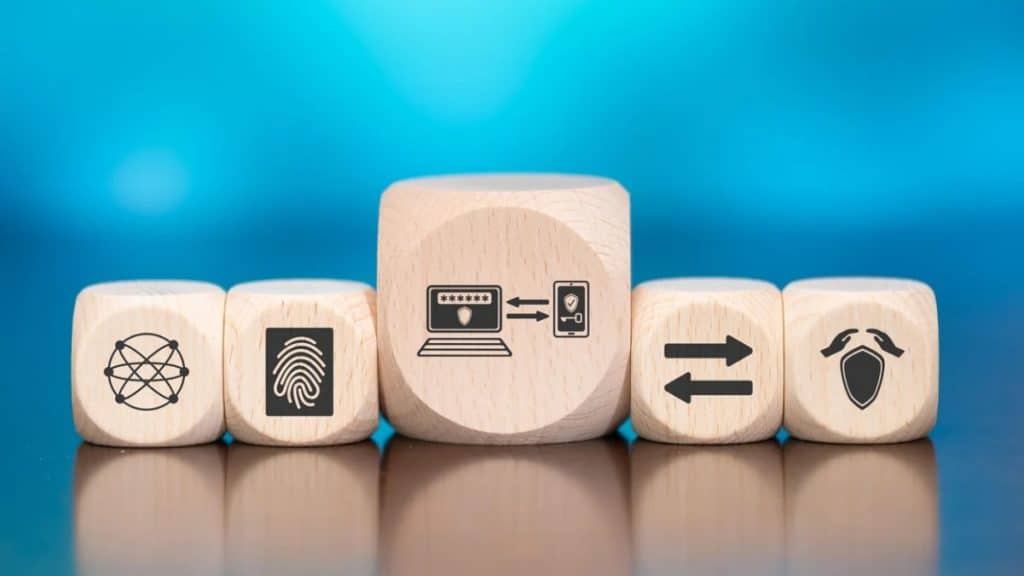In today’s digital age, safeguarding sensitive information is more critical than ever. As online platforms continue to grow, so does the sophistication of cyber threats. Multi-factor authentication (MFA) is one of the most effective ways to protect accounts, particularly those that deal with valuable assets. This is especially relevant for users involved in digital asset management, where the potential for loss due to hacks or phishing attacks is high. In this post, we will explore how multi-factor authentication plays a crucial role in securing crypto assets and ensuring user safety.
What is Multi-factor Authentication?
Multi-factor authentication, often abbreviated as MFA, is a security system that requires users to provide multiple forms of identification before accessing their accounts or making transactions. Unlike traditional authentication, which typically relies on a username and password alone, MFA adds extra layers of protection. These additional factors can include something the user knows (like a PIN), something the user has (such as a phone or hardware token), or something the user is (biometric data like fingerprints).You can also explore immediate machine for further information.
How Does MFA Work in the Crypto World?
In the context of digital assets, MFA enhances security by reducing the risk of unauthorized access. Given the high value of digital holdings, hackers often target user accounts to steal funds. MFA ensures that even if a hacker gains access to a user’s password, they would still need the second form of authentication to complete the transaction or access the account.
For instance, many crypto platforms require users to enter a unique verification code sent to their mobile device, or generated by an authentication app, after entering their login credentials. This two-step process makes it significantly more challenging for malicious actors to break into the account, as they would need to compromise both the password and the second factor.
Why is MFA Essential for Securing Digital Assets?
Increased Protection Against Phishing Attacks
One of the most common methods hackers use to gain access to user accounts is phishing. In these attacks, the hacker impersonates a trusted entity, such as a service provider, to trick users into revealing their login credentials. While strong passwords can help reduce the risk of successful phishing, MFA adds an additional barrier, making it much more difficult for attackers to succeed. Even if a user falls victim to phishing and their password is compromised, the hacker would still need to bypass the second layer of protection, such as a code sent to the user’s phone.
Safeguard Against Password Leaks and Data Breaches
Data breaches and password leaks have become unfortunately common in recent years, compromising millions of user accounts. While using a unique password for each platform can reduce the risk, it’s still no guarantee against attacks. With MFA in place, even if an attacker gains access to a user’s password via a data breach, they would still require the second factor (such as a time-sensitive code or biometric verification) to complete the login process.
Protecting High-value Transactions
Many digital asset holders engage in high-value transactions that require an added layer of protection. When transferring significant amounts of funds or accessing sensitive features, MFA can prevent unauthorized transactions, ensuring that only the rightful owner can approve the action. For example, if a user attempts to withdraw funds from their account, the platform may require them to verify the transaction using a second authentication factor, ensuring that the transaction is authorized and secure.
Common Types of Multi-factor Authentication
SMS-based Authentication
One of the most common forms of MFA is the use of SMS-based authentication. In this method, the user enters their credentials as usual, but a one-time code is sent to their registered mobile number. This code must then be entered into the platform to complete the login process. Although SMS-based authentication is widely used, it’s important to note that it has some vulnerabilities, such as SIM swapping attacks, where an attacker gains control of the victim’s phone number. As a result, more secure methods are becoming increasingly popular.
Authentication Apps
Another common method of MFA is through authentication apps like Google Authenticator, Authy, or Microsoft Authenticator. These apps generate time-sensitive one-time passcodes that are used in conjunction with the user’s password. Since the codes are generated by the app on the user’s device, this method is considered more secure than SMS-based authentication because it eliminates the risk of SIM swapping.
Hardware Tokens
For those seeking an even higher level of security, hardware tokens provide an offline method of authentication. A hardware token is a physical device that generates authentication codes or connects to the platform to confirm the user’s identity. These tokens are nearly impossible to hack remotely, making them a popular choice for high-net-worth individuals or institutions involved in digital asset management.
Biometric Authentication
Biometric authentication, such as fingerprint scanning or facial recognition, has become increasingly popular, especially with the rise of mobile devices. Many platforms are beginning to integrate biometric authentication into their security protocols, offering users an additional level of protection without requiring the user to manually enter a second factor. This method is especially convenient for users who prioritize ease of access along with security.
Conclusion
In a world where digital assets are becoming increasingly valuable, implementing multi-factor authentication is a crucial step in safeguarding your online accounts. By using multiple forms of verification, MFA makes it significantly more difficult for unauthorized individuals to access sensitive information. Whether you’re managing digital assets, making online purchases, or simply securing personal accounts, the added layers of protection offered by MFA can help prevent hacks, phishing attempts, and fraud. In the end, taking the time to set up MFA can be one of the most effective ways to ensure your digital security.
